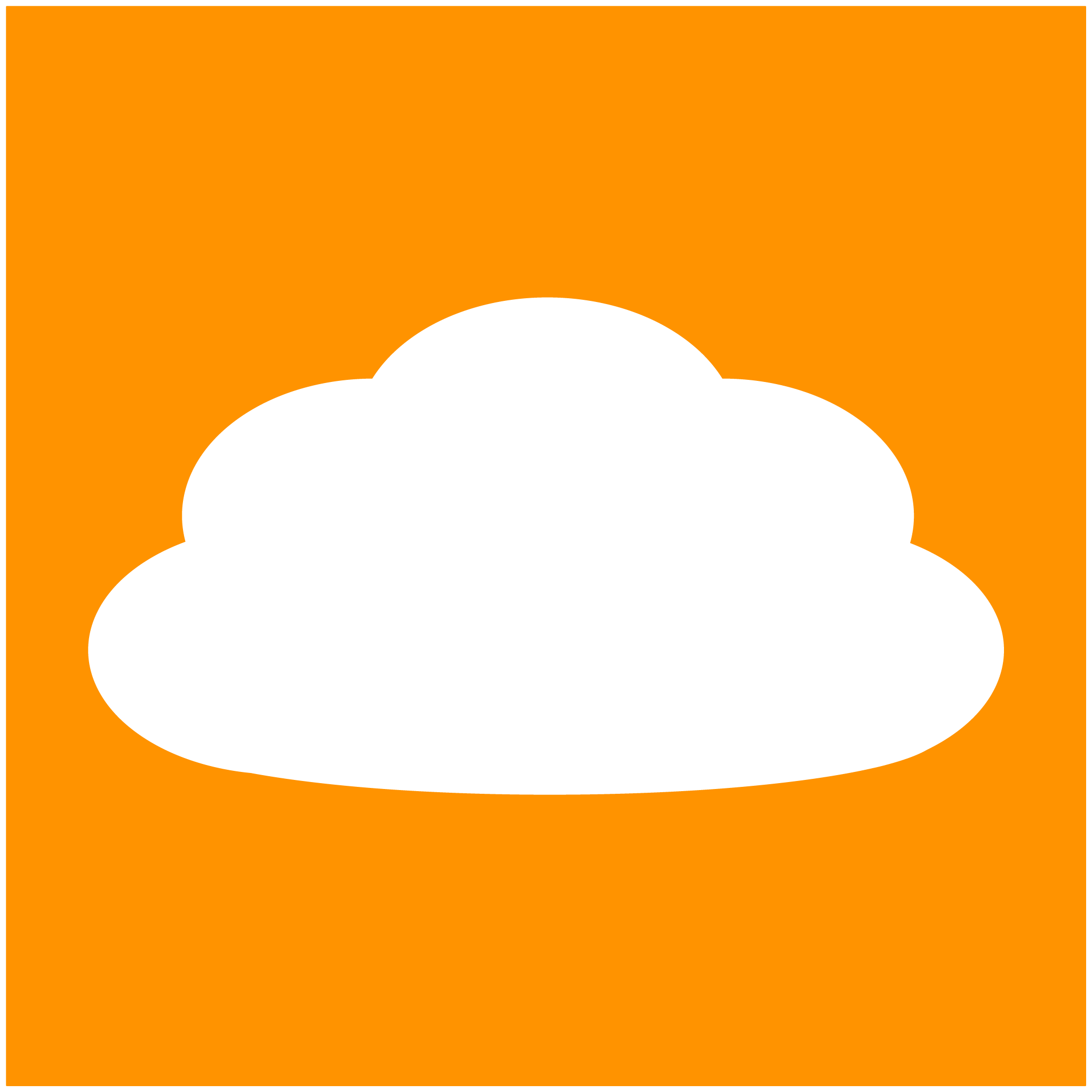We are living in a time where there are not only many concurrent realities existing at once, but our understanding of “Now” is perhaps broader and more broken than most any time since the Middle Ages started sprouting into the Renaissance. This is nowhere more prevalent in our understanding of the future, particularly the near future. Future technologies and future living have been part of reality in and around us for decades. But the time gap between the few edge cases who are living with what most consider future technology and life to when it hits mainstream is ever increasing.
The Future is Here…
This stretch of living with future technologies as a regular part of our lives and those who are not there yet, or even living a generation of reality behind all while living in the same culture is something I’ve called the everynow. Everynow started about 2004 as a tongue-in-cheek riff on Adam Greenfield’s everyware term use. Everynow is the breadth reality in William Gibson’s “The future is already here – it’s just not evenly distributed” statement from 2003, which is an idea many have discussed for years prior, but with out such nice phrasing.
Breadth of Adoption Reality
It seems the everynow is about 20 years in breadth.
For years it seemed it was about 10 to 12 years and it was nice to see it in Steven Berlin Johnson’s wonderful book “Where Good Ideas Come From”, he talks about the reality of ideas taking about 10 years from inception to getting them into relatively broad public use. When you think of internet based email in the 90s and the use of corporate email internally and out through internet gateways to better connect freely and more unencumbered, it took about 5 years for email to get to roughly 99% inside the organization (many organizations were much closer to that 10 year mark). But, in the last couple years in particular that 10 years.
Internet of Things
This past week with Tom Coates’ Twitter account for his house, @houseofcoates getting some mainstream media press the difference from what Tom is doing (and thinking and playing with for a very long time) rather echoes things like MisterHouse which started in the late 1990s using X10 devices and services and internet enabling them using Perl. The demo site for MisterHouse allowed those on the web to see the live status of lights, messaging, home music service, and things like window shade open status, but also for quite a while allows any of us to modify them right from the web. Tom’s long interest and work with his House of Coates is the latest iteration and extension of this and his long work on web of data and internet of things. (By the way Tom’s work is quite good and worth tracking down.)
The chatter around the Internet of Things, which is far from mainstream exposure and partial understanding is nearly 15 years old since its first usage by Kevin Ashton, really took off around 2002 and 2003. Bruce Sterling’s still incredibly valuable framing of the Internet of Things in his Shape of Things book from 2005 added the incredibly helpful concept of Spimes to conversations (actually he seeded this in 2004 in a SIGRAPH presenation, “When Blobjects Rule the Earth”), thinking through, and development many of us had been wading in for a few years.
Information for Use and Reuse on Mobile
Another example is around mobile… When I think about this mobile explosion that has “taken place recently” there is very little that is different from the thousands of handfuls of us living with smartphones in the early 2000s and thinking of the capabilities and potentials and building them and living them, all while the many many thousands of us were swimming in the same pool of live with the billions of others around us. Many of use in the U.S. and Western Europe felt we were deeply behind those living in Japan and Korea and their understanding and living the realities of living a life with mobiles that augmented their reality as the devices and services enhanced their lives lived with the devices in them. As we developed use of our web based information for use on internet connected Palm and other similar devices in the 90s
But, from a consumer and early adopter framing the reality of what is potentially doable in the future and having that in place and in use for some time know then trailing all the way back to those living in prior realities and the frustrations (although they think they are manageable, but not realizing how poorly the tools and services are working for them) is pushing that everynow to a very confounding nearly 20 years.

Leave a Reply